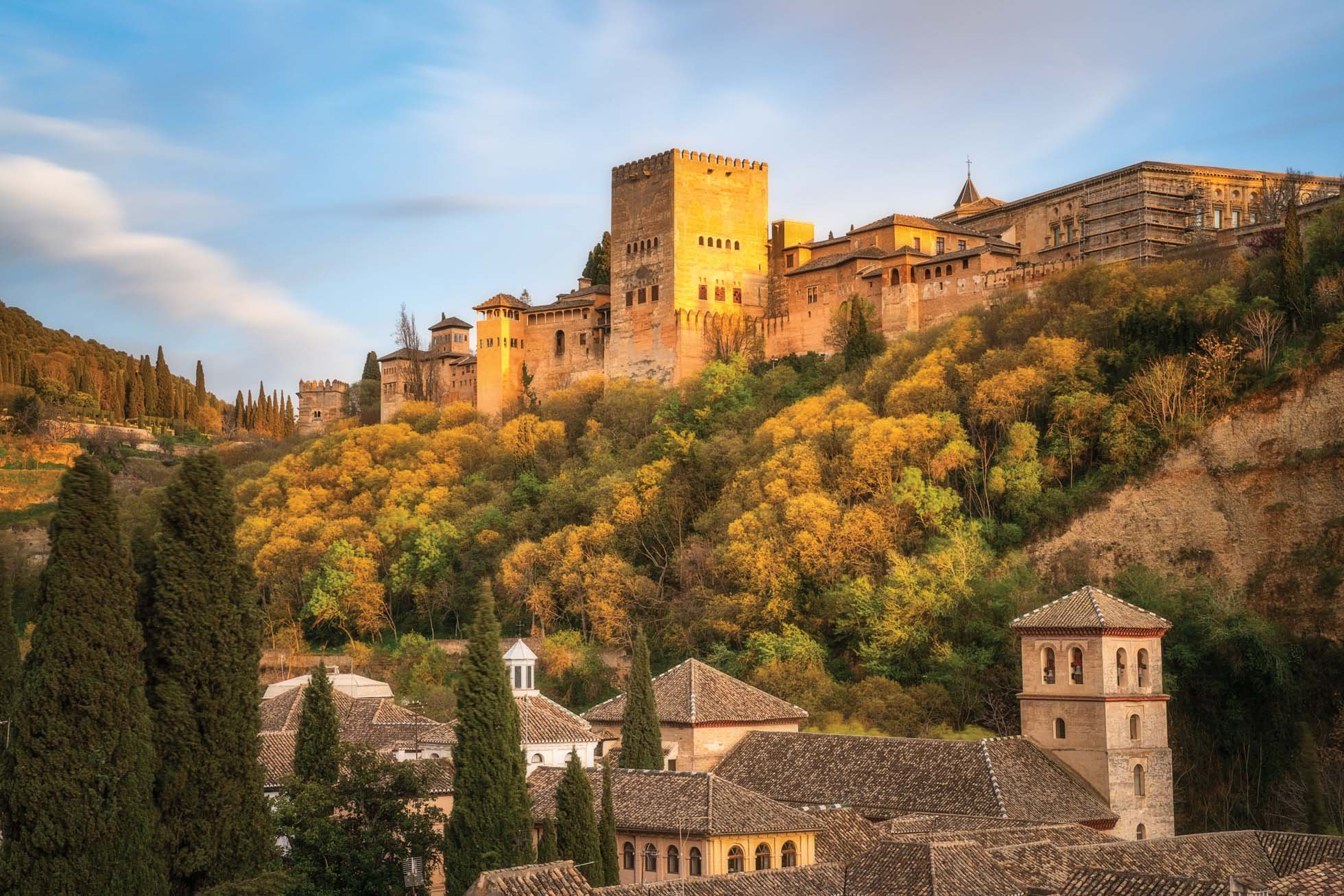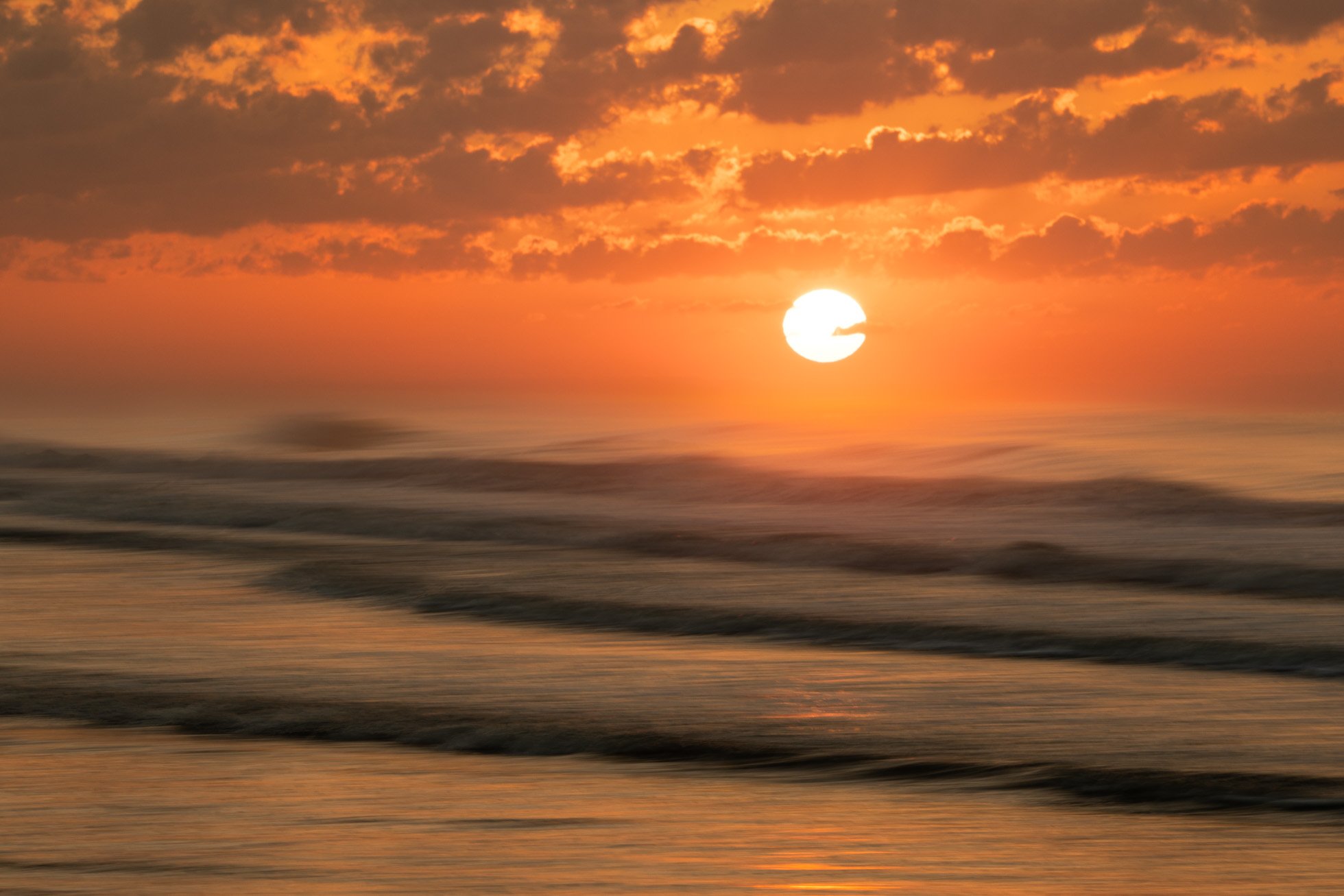Shortly before leaving for Spain in late March I received a package with the Kase Magnetic Revolution ND Kit on my doorstep! I had heard great things about these filters and I was so excited to bring these filters along on my trip. Although this trip was family (not photography) focused, I knew I would be capturing the sights and experiences of our trip and hopefully even get out for a couple sunrises or sunsets.
The Revolution Kit is perfect for me as it includes all of the filters that I use in my work. This kit includes a circular polarizer, 3 stop ND filer, 6 stop ND filter, 10 stop ND filter, and the ring for the filters to attach to the lens. All of these come in a compact filter case. An added bonus that I am really excited about is a magnetic front lens cap. This is a great addition because it means I can cover up and protect the filter when I’m taking a break or moving to a new spot. In the past, I have always had to remove the filter to put on a lens cap.
Case and magnetic lens cap
Another thing I love about these filters is that in addition to the written label on the filter ring to distinguish between the filters, they are also color coded, making it so much easier to grab the filter that I want to use. The 3 stop ND filter is Blue, 6 stop is yellow, the 10 stop is red, and the polarizer ring is silver. For someone whose eyesight is diminishing with age, it is extra helpful to have a way to differentiate the filters without having to try to read the fine print, especially in low light! When trying to grab the right filter as the light is quickly fading or changing, being able to easily identify the one I need means that I don’t miss the shot fumbling with gear.
Color coded filters inside the case
Most importantly, in addition to being easy to use, their quality is fantastic. The color is neutral so they don’t add a color cast to my images. Also, with this magnetic set, there is a magnetic inlaid ring hidden inside the lens screw thread to improve and minimize vignetting.
I used the filters singularly and stacked during my trip to Spain and was so happy with the results.
30 seconds with the 10 stop neutral density filter in Malaga, Spain
.6 second exposure with the 6 stop Neutral Density filter and using intentional camera movement
Using the circular polarizer to reduce glare and enhance the colors on this gorgeous sunny day in Ronda, Spain
These filters are incredibly easy to stack when you want to use a polarizer and ND filter or to stack more than one ND filter to block more light like in this image below where I stacked the 10 stop and 3 stop neutral density filters to get a 3 minute exposure of these clouds.
After Spain, I traveled to South Carolina in mid April to host my Magic in Hilton Head ladies retreat. This filter kit was a dream to use while on the beaches of Hilton Head Island.
1/2 second exposure with the 6 stop ND filter
1/2 second exposure with the 6 stop ND filter
I cannot recommend this filter set enough. Have questions? Don’t hesitate to reach out to me. I’m happy to share any information I can.
Kristen Ryan is an award winning and published landscape photographer and educator residing in the Midwest suburbs of Chicago. All images are available for purchase in the Fine Art Store or by request. Kristen leads ladies landscape photography retreats in the Tetons, Glacier NP, Hilton Head, Chicago, and the Canadian Rockies, offers private mentoring .

















